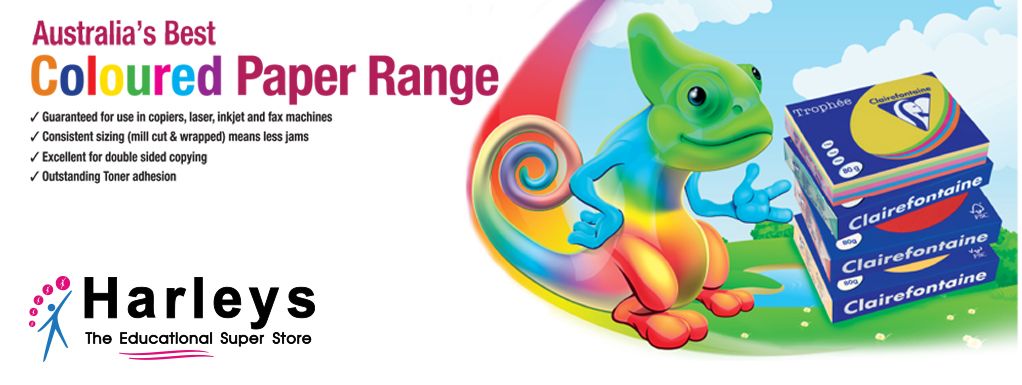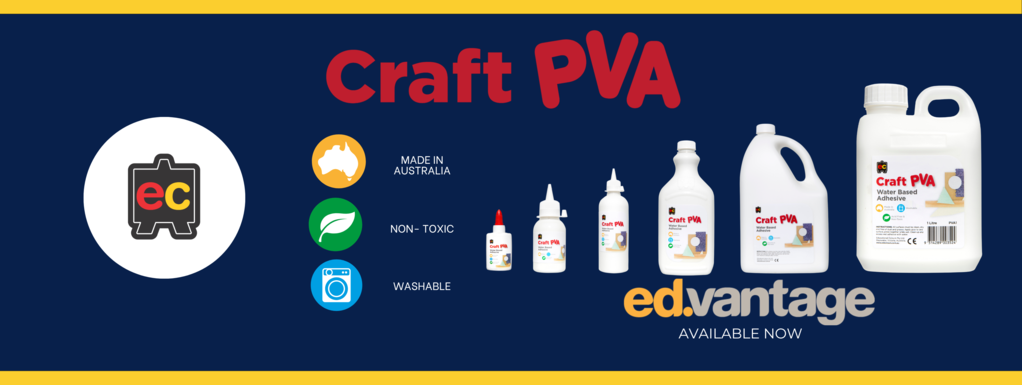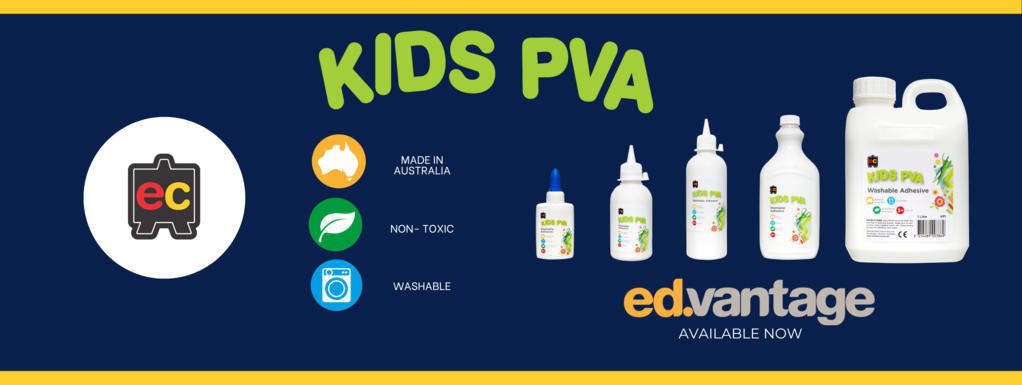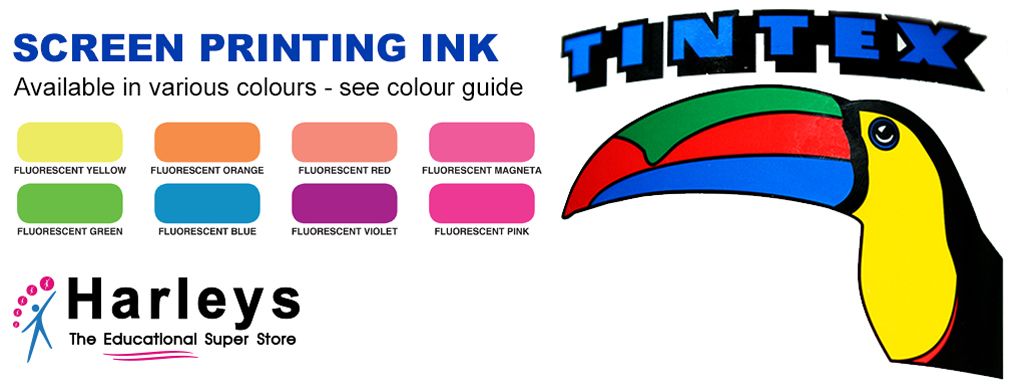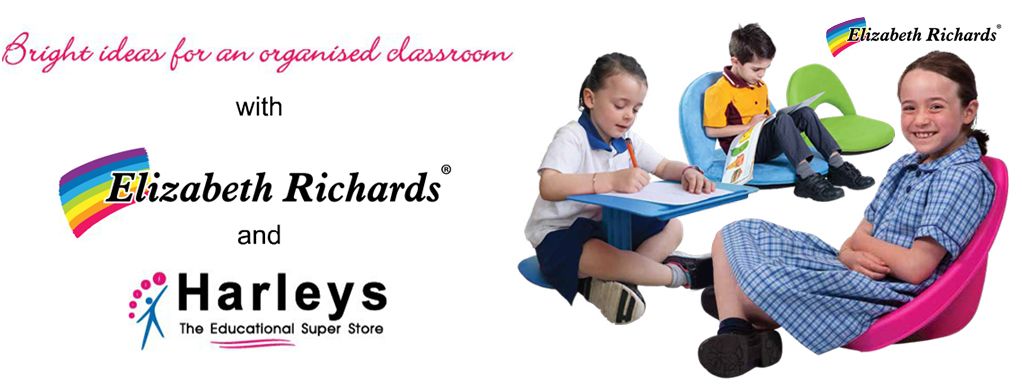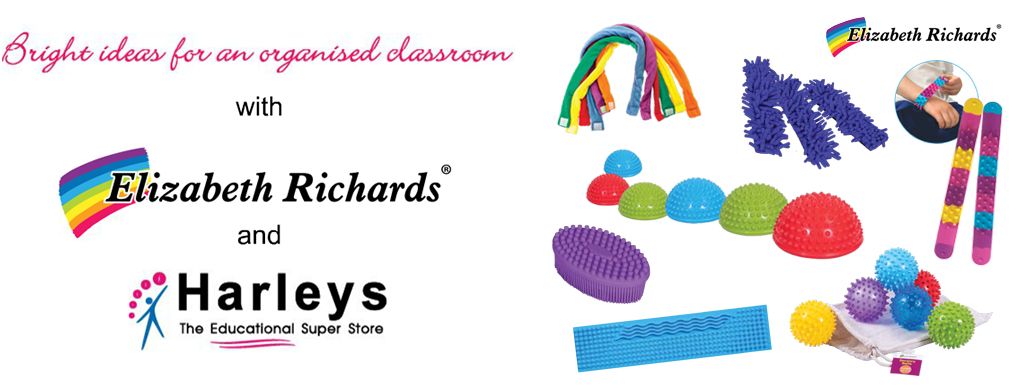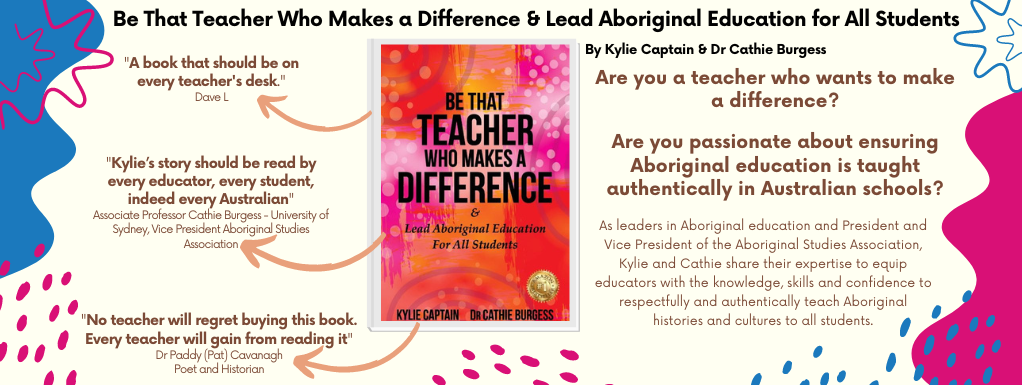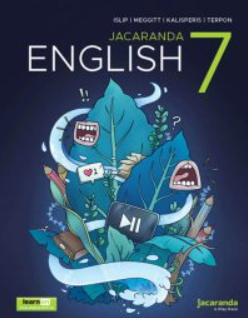Jacaranda English 7 learnON & Print - This combined print and digital title is suitable for all state English curricula.
The textbook comes with a complimentary activation code for learnON, the powerful digital learning platform making learning personalised and visible for both students and teachers.
The latest edition of Jacaranda English 7 includes these key features:
- Suitable for all curricula, with curriculum documents mapping the content to the Victorian Curriculum, Australian Curriculum, NSW Australian curriculum and the WA Curriculum
- Clear and concise content to support all reading abilities
- Access to teachON, a one-stop-shop for teacher support material. It includes practical teaching advice and lesson plans, designed to save time and provide inspiration and support for teachers
- Colour-coded, scaffolded activities and worksheets at three levels of difficulty for easy differentiation within each class
- A range of multimedia to improve engagement and understanding including; videos, audio files, interactivities and weblinks
- Topic-based projects to enable students to practise skills, share ideas and collaborate
- SkillBuilders in our proven Tell me, Show me, Let me do it format that allow students to learn and practise key English skills in an engaging and accessible way
- Resource summaries provide a bird’s-eye view of everything available to support teaching and learning for each topic
Contents:
About the authors vii
How to use this resource viii
Topic concept map xii
Reading & watching diary xiv
Acknowledgements xvi
1 Why learn English? 2
1.1 Overview 3
1.2 What’s in it for you? 5
1.3 Having fun with English 8
1.4 Review 11
Unit 1 Reading 13
2 Reading for enjoyment 14
2.1 Overview 15
2.2 Genres 16
2.3 What you can learn by reading 22
2.4 Reading creatively 27
2.5 Topic project: Epic book review 32
2.6 SkillBuilder: Reading widely
2.7 Review 34
3 Reading for inference 36
3.1 Overview 37
3.2 What is reading for inference? 38
3.3 Inference in poetry 47
3.4 Inference in fiction 51
3.5 Inference in non-fiction 56
3.6 Inference in articles 61
3.7 Topic project: Short story adaptation 67
3.8 SkillBuilder: Annotating text
3.9 Review 69
4 Visual literature 72
4.1 Overview 73
4.2 Analysing images 74
4.3 Visual storytelling 82
4.4 Advertising 90
4.5 Topic project: A visual story 97
4.6 SkillBuilder: Annotating visuals
4.7 Review 99
Unit 2 Viewing and Listening 103
5 Viewing for enjoyment 104
5.1 Overview 105
5.2 Film and television genres 106
5.3 Film and television adaptation 111
5.4 Videogame narratives 115
5.5 What makes engaging online content? 119
5.6 Topic project: Create your own engaging content 124
5.7 SkillBuilder: Film critic
5.8 Review 126
6 Viewing for inference 128
6.1 Overview 129
6.2 Inferring from film 130
6.3 Inferring from plays 138
6.4 Inferring from animation 144
6.5 Topic project: Become a scriptwriter 148
6.6 SkillBuilder: Annotating film
6.7 Review 150
7 Audiobooks and podcasts 152
7.1 Overview 153
7.2 Are audiobooks literature? 154
7.3 Why listen to podcasts? 159
7.4 Topic project: A podcast master 164
7.5 SkillBuilder: Improving your podcast
7.6 Review 166
Unit 3 Language 169
8 Metalanguage 170
8.1 Overview 171
8.2 What is metalanguage? 172
8.3 Tense 181
8.4 Figurative language 188
8.5 First, second and third person perspective 194
8.6 Topic project: Metalanguage Story Wall 198
8.7 SkillBuilder: Building your vocabulary
8.8 Review 200
9 Spelling and punctuation 204
9.1 Overview 205
9.2 Capital letters 206
9.3 Commas and full stops 210
9.4 Colons 215
9.5 Semicolons 220
9.6 Apostrophes 224
9.7 Making plurals 228
9.8 Spelling strategies 233
9.9 Topic project: Spelling and punctuation poster 242
9.10 SkillBuilder: Complex spellings
9.11 Review 244
Unit 4 Writing 247
10 How to write sentences 248
10.1 Overview 249
10.2 What are sentences? 250
10.3 Simple sentences 253
10.4 Compound sentences 256
10.5 Complex sentences 261
10.6 Compound-complex sentences 264
10.7 Topic project: You be the teacher 268
10.8 SkillBuilder: Varying sentence structure
10.9 Review 270
11 How to write paragraphs 272
11.1 Overview 273
11.2 Paragraph structures 274
11.3 Preparing to write 280
11.4 Descriptive paragraphs 286
11.5 Expository paragraphs 291
11.6 Persuasive paragraphs 298
11.7 Connecting paragraphs 307
11.8 Topic project: Paragraph teamwork 314
11.9 SkillBuilder: Writing logical paragraphs
11.10 Review 316
12 How to write essays 320
12.1 Overview 321
12.2 Essay structures 322
12.3 Unpacking the question 325
12.4 Crafting your argument 329
12.5 Contentions 336
12.6 Supporting evidence 341
12.7 Introductions, linking and conclusions 345
12.8 Topic project: Say it in an essay 350
12.9 SkillBuilder: Two-sided contentions
12.10 Review 352
13 Storytelling 356
13.1 Overview 357
13.2 Developing plot 358
13.3 Developing character 364
13.4 Creating mood 368
13.5 Using language creatively 373
13.6 Topic project: Choose your own adventure 380
13.7 SkillBuilder: Microfiction
13.8 Review 382
14 Editing and proofreading 386
14.1 Overview 387
14.2 Editing for coherence 388
14.3 Varying your vocabulary 393
14.4 Answering the question 401
14.5 Proofreading and referencing 406
14.6 Strategies for editing and proofreading 412
14.7 Topic project: Be the editor 416
14.8 SkillBuilder: Macro-editing and micro-editing
14.9 Review 418
Unit 5 Speaking and Debating 421
15 Constructing an argument 422
15.1 Overview 423
15.2 The value of argument 424
15.3 Preparing your argument 429
15.4 Persuasive techniques 436
15.5 Debating 442
15.6 Topic project: Speed debating 446
15.7 SkillBuilder: Speaking to an audience
15.8 Review 448
16 Speaking and listening to others 452
16.1 Overview 453
16.2 Arguing respectfully 454
16.3 How to adjust your discussion on the fly 457
16.4 Rebutting arguments 461
16.5 Inference in discussion 466
16.6 Topic project: We disagree 470
16.7 SkillBuilder: Active listening
16.8 Review 472
Glossary 475
Index 483
